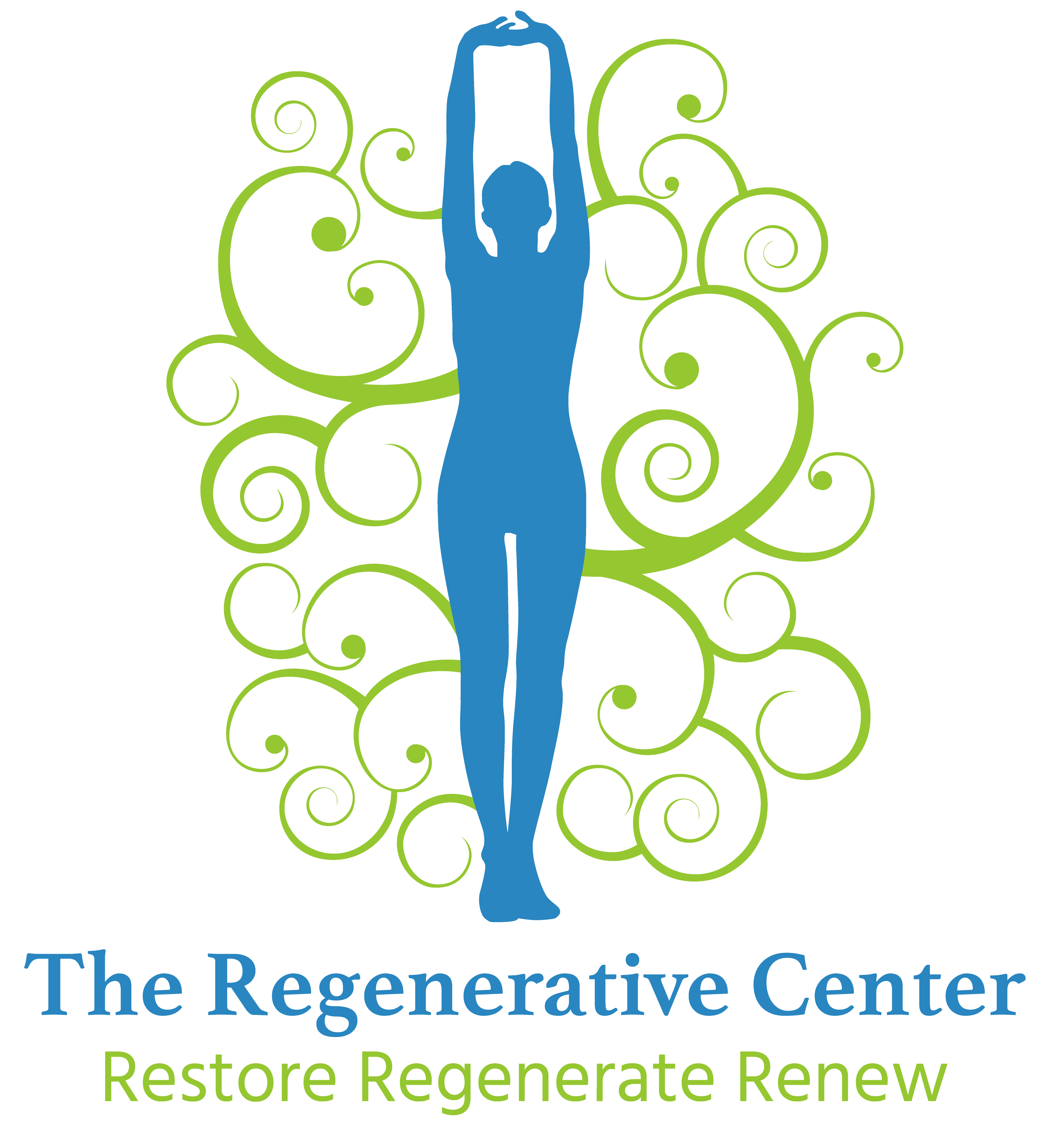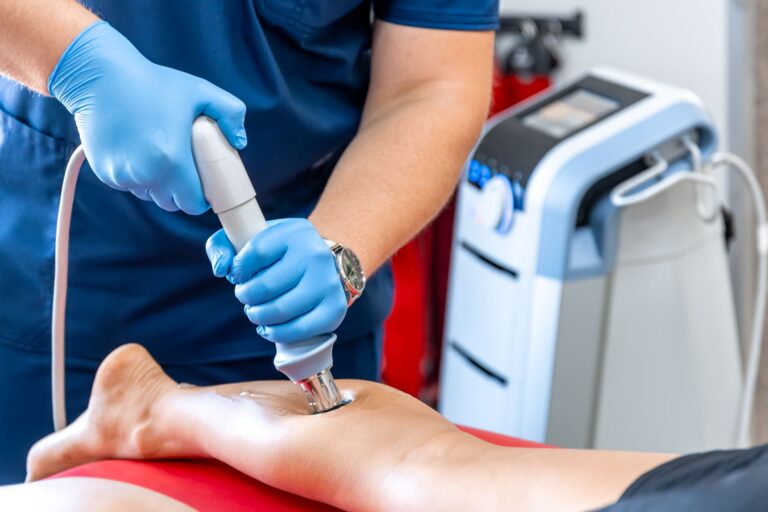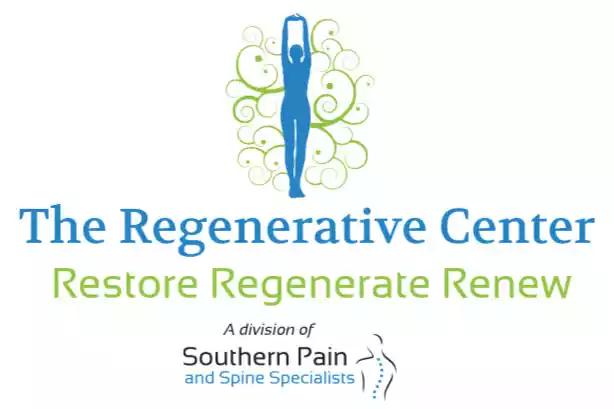Shockwave Therapy, available at The Regenerative Center, utilizes Extracorporeal Shock Wave Therapy (ESWT) to stimulate healing in various conditions. Focused on tendons and tissues, this non-invasive treatment employs radial or focused shockwaves to address tendinopathy and musculoskeletal issues. The mechanical pressure from shockwaves triggers a biological response, promoting blood circulation and tissue regeneration. This method has proven effective in treating conditions like tendonitis and stimulating the body’s natural healing mechanisms. The Regenerative Center’s approach to Shockwave Therapy showcases its commitment to advanced and evidence-based solutions for individuals seeking recovery from tendon-related ailments and musculoskeletal issues.
How Does Shockwave Therapy Work?
Shockwave Therapy, as administered by The Regenerative Center, operates by delivering high-energy shockwaves to targeted areas of the body. These shockwaves, whether radial or focused, trigger a biological response that Activate healing and regeneration. The treatment is particularly effective in addressing musculoskeletal issues, tendon injuries, and chronic pain. As the shockwaves penetrate the tissues, they enhance blood flow, promoting the body’s natural healing mechanisms. The Regenerative Center’s commitment to cutting-edge solutions ensures that Shockwave Therapy aligns with evidence-based practices, offering patients a non-surgical and efficient approach to alleviate pain, accelerate recovery, and enhance overall well-being.
Understanding Extracorporeal Shockwave Therapy
Understanding Extracorporeal Shockwave Therapy (ESWT) at The Regenerative Center involves harnessing the power of energy pulses to address various ailments. Focused on ligaments, this non-invasive treatment utilizes controlled shockwaves to Activate healing. These pulses penetrate deep into tissues, promoting blood circulation and triggering the body’s natural regenerative processes. The Regenerative Center’s approach to ESWT underscores its commitment to advanced and evidence-based solutions. By focusing on ligament health, this therapy offers patients a viable option for addressing chronic pain and musculoskeletal issues, providing a non-surgical avenue for enhancing overall well-being through targeted and effective treatment.
What Musculoskeletal Conditions Can Shockwave Therapy Treat?
The Regenerative Center employs Shockwave Therapy to effectively address a spectrum of musculoskeletal conditions. From plantar fasciitis to soft tissue injuries, this advanced treatment method showcases versatility. Specializing in sports medicine, Shockwave Therapy at The Regenerative Center offers a non-invasive solution for athletes dealing with injuries. Beyond musculoskeletal issues, Shockwave Therapy has even proven beneficial in treating kidney stones. By harnessing controlled shockwaves, this therapy demonstrates its efficacy in diverse medical applications, highlighting The Regenerative Center’s commitment to providing comprehensive and innovative solutions for various health concerns related to the musculoskeletal system.
How Is Shockwave Therapy Used in Treatment of ED?
In the treatment of Erectile Dysfunction (ED), The Regenerative Center utilizes Shockwave Therapy with a methodology akin to its success in addressing conditions like tennis elbow. This non-invasive approach involves delivering controlled shockwaves to stimulate blood flow and tissue regeneration in the penile region. By enhancing vascularization and promoting the growth of new blood vessels, Shockwave Therapy demonstrates potential effectiveness in treating ED. The Regenerative Center’s application of this advanced therapy underscores its commitment to innovative solutions, offering patients a promising avenue for addressing ED through a scientifically supported and non-surgical approach.
Does Shockwave Therapy Cause Pain?
Shockwave Therapy, administered by The Regenerative Center, is generally well-tolerated with minimal discomfort. The procedure involves delivering controlled shockwaves to targeted areas, promoting healing and tissue regeneration. While some patients may experience mild sensations during the treatment, it is typically brief and manageable. The Regenerative Center prioritizes patient comfort, employing skilled professionals to ensure a positive experience. The non-invasive nature of Shockwave Therapy makes it a favorable choice for those seeking pain relief without the discomfort associated with more invasive procedures. Patients at The Regenerative Center can expect a well-managed and effective treatment experience for various musculoskeletal conditions.
Is Shockwave Therapy a Non-Invasive Treatment?
Shockwave Therapy at The Regenerative Center is a non-invasive, non-surgical treatment option. This innovative approach involves delivering controlled shockwaves to targeted areas, promoting healing without the need for incisions or invasive procedures. Patients can benefit from the therapy’s effectiveness in addressing various musculoskeletal conditions without the associated risks and downtime of surgery. The Regenerative Center’s commitment to non-invasive solutions underscores its dedication to providing patients with advanced, evidence-based treatments that prioritize both efficacy and the well-being of individuals seeking alternatives to surgical interventions.
How Long Does Shockwave Therapy Take to Produce Results?
The timeline for results with Shockwave Therapy at The Regenerative Center can vary, as it depends on individual conditions and the specific treatment plan. While some patients may experience improvements after just a few sessions, optimal results often unfold over several weeks post-treatment. The duration to witness noticeable effects is influenced by factors like the severity of the condition being addressed and individual response to therapy. The Regenerative Center, utilizing Shockwave Therapy to minimize invasiveness, emphasizes the importance of patience for lasting outcomes, ensuring individuals receive comprehensive care tailored to their unique needs for a gradual yet impactful recovery.
What Are the Benefits of Shockwave Therapy?
The benefits of Shockwave Therapy at The Regenerative Center extend across various musculoskeletal conditions. This non-invasive treatment option stimulates tissue regeneration, promoting accelerated healing for issues like tendonitis and plantar fasciitis. By enhancing blood circulation and collagen production, Shockwave Therapy contributes to pain reduction and improved mobility. The therapy’s versatility makes it suitable for conditions ranging from sports injuries to chronic pain. Patients at The Regenerative Center can experience the advantages of this evidence-based approach, appreciating the non-surgical nature of the treatment and the comprehensive care provided for a wide spectrum of musculoskeletal concerns.
Impact on Blood Flow and Healing Process
SWT stimulates the release of growth factors and enhances the formation of new blood vessels (angiogenesis) in the treated area. This process, known as neovascularization, increases blood supply to the affected tissues. Improved blood flow helps in transporting oxygen and nutrients to the injured area, which is essential for tissue repair and healing.
It also promotes the production of collagen, a key protein in tissue regeneration. Collagen is crucial for repairing damaged or injured tissues. By accelerating collagen production, SWT contributes to the healing process by strengthening and rebuilding tissues.
Finally, enhanced blood flow and tissue regeneration often result in reduced pain and inflammation. SWT can be particularly effective in treating conditions like tendonitis, plantar fasciitis, and calcific shoulder tendinitis, where pain is a common symptom.
Acoustic Wave Therapy in Comparison to Shockwave Therapy
Acoustic Wave Therapy (AWT) and Shockwave Therapy (SWT) are non-invasive treatments used for various medical conditions. AWT utilizes lower-energy sound waves for improved blood flow and tissue regeneration. In contrast, SWT employs high-energy waves to break down calcifications and stimulate healing. AWT may be less intense but effective for milder issues, while SWT is better suited for more severe conditions. Both therapies have shown promise in pain management and tissue repair, but their effectiveness can vary depending on the specific condition and patient.
Although both therapies are acknowledged for their efficacy, Shockwave Therapy typically provides faster and more enduring outcomes for severe conditions, thanks to its powerful waves. Acoustic Wave Therapy may necessitate additional sessions to achieve significant results, particularly for deeply rooted issues.



